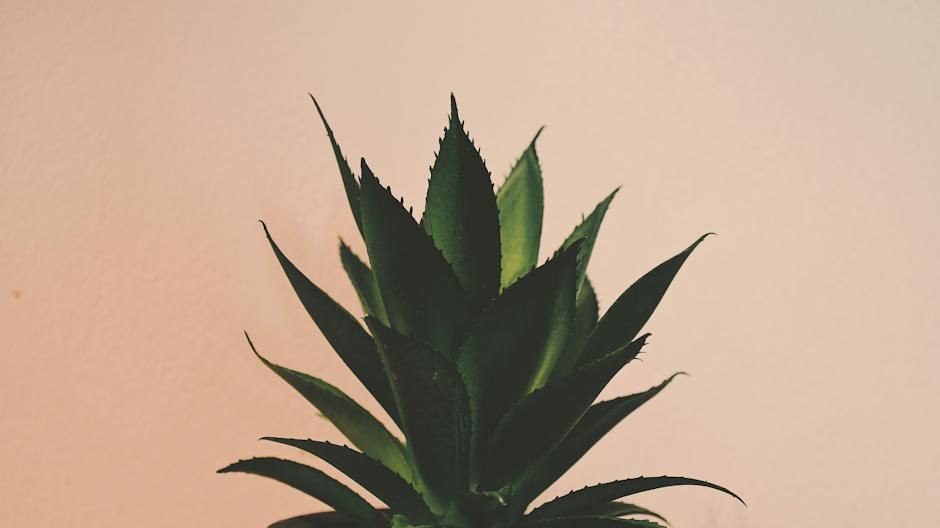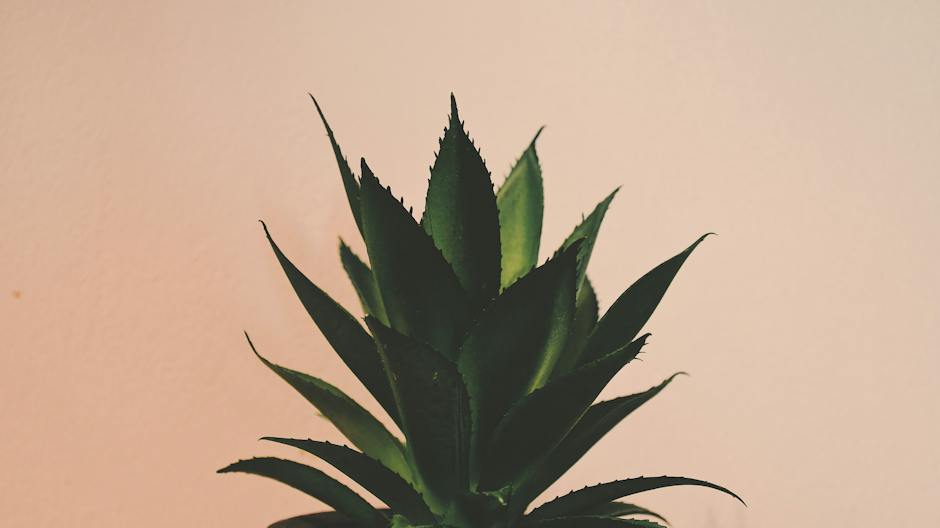Mastering Aloe Vera Hydration: A Comprehensive Watering Guide

Aloe Vera, with its distinctive spiky leaves and myriad of health benefits, is a popular plant for both indoor and outdoor gardening. However, to keep your Aloe Vera plant healthy and thriving, it’s crucial to understand its unique watering needs. This Aloe Vera watering guide will help you master the art of Aloe Vera hydration, ensuring your plant remains a vibrant and beneficial addition to your home or garden.
Aloe Vera is a succulent, a type of plant that stores water in its leaves, stems, and roots. This adaptation allows it to survive in arid environments, like its native Africa. Because of this, Aloe Vera has different watering needs than other houseplants. Overwatering is one of the most common mistakes Aloe Vera owners make, leading to root rot and a host of other problems.
So, how often should you water your Aloe Vera plant? The answer depends on several factors, including the plant’s size, the pot’s size, the soil type, and the surrounding environment. However, a good rule of thumb is to water your Aloe Vera plant thoroughly, then wait until the soil is completely dry before watering again. This usually means watering your Aloe Vera plant every 2-3 weeks in the summer and less frequently in the winter.
When watering your Aloe Vera plant, it’s best to use the ‘soak and dry’ method. This involves thoroughly soaking the soil, then allowing it to dry out completely before watering again. Aloe Vera plants prefer this method as it mimics the rainfall patterns in their native habitat. When you water, pour slowly onto the soil until it starts to drain out the bottom of the pot. Avoid watering the leaves, as this can lead to rot.
The type of soil you use also plays a significant role in your Aloe Vera watering routine. Aloe Vera plants prefer well-draining soil, which allows water to flow through quickly and prevents water from sitting around the roots. You can buy a commercial cactus or succulent mix, or make your own by combining regular potting soil with coarse sand or perlite.
The environment can also affect your Aloe Vera watering schedule. If your plant is in a hot, dry environment, it will need watering more frequently than if it’s in a cool, humid environment. Similarly, Aloe Vera plants in small pots will dry out faster than those in large pots, and therefore need watering more often.
Lastly, it’s important to remember that Aloe Vera plants are more tolerant of under-watering than overwatering. If you’re unsure whether to water, it’s usually best to wait a few more days. Signs that your Aloe Vera plant needs water include wrinkled or shriveled leaves and a lighter, faded color.
In conclusion, watering your Aloe Vera plant isn’t a one-size-fits-all task. It requires careful observation and understanding of your plant’s unique needs. However, with this comprehensive watering guide, you’re well on your way to mastering Aloe Vera hydration and keeping your plant healthy and thriving. Remember, when it comes to watering Aloe Vera, less is often more. Happy gardening!
The Art of Watering Aloe Vera: Essential Tips for a Healthy Plant
Aloe Vera is a popular houseplant known for its medicinal properties and aesthetic appeal. However, to keep your Aloe Vera plant healthy and thriving, it’s crucial to understand the art of watering it correctly. This Aloe Vera watering guide will provide you with essential tips to ensure your plant remains vibrant and robust.
Aloe Vera is a succulent, a type of plant that stores water in its leaves, stems, and roots. This characteristic allows it to survive in arid environments and makes it a low-maintenance plant for indoor gardening. However, this doesn’t mean you can neglect its watering needs. On the contrary, understanding when and how much to water is key to maintaining a healthy Aloe Vera plant.
The first rule of thumb when watering Aloe Vera is to remember that less is more. Overwatering is a common mistake that can lead to root rot, a condition that can kill your plant. Aloe Vera plants prefer to be dry rather than too wet. Therefore, it’s better to err on the side of underwatering.
The frequency of watering your Aloe Vera plant depends on several factors, including the climate, the size of the plant, and the time of the year. In warmer climates or during summer months, you may need to water your plant once a week or once every two weeks. In contrast, during cooler months or in colder climates, watering once a month or even less frequently may be sufficient.
The size of your plant also plays a role in determining the watering frequency. Larger plants with extensive root systems can hold more water and therefore require less frequent watering than smaller plants.
When it comes to the actual watering process, it’s important to water your Aloe Vera plant thoroughly. This means you should continue watering until you see water running out of the drainage holes in the bottom of the pot. This ensures that the water reaches the entire root system. After watering, allow the excess water to drain completely.
The type of soil you use can also affect your watering routine. Aloe Vera plants prefer well-draining soil, which allows water to pass through quickly and prevents water from sitting around the roots. Using a pot with drainage holes is also essential to prevent water from accumulating at the bottom.
Another crucial aspect of watering Aloe Vera is checking the moisture level of the soil before watering. You can do this by sticking your finger about an inch into the soil. If it feels dry, it’s time to water your plant. If it feels damp, wait a few more days before watering.
In conclusion, watering Aloe Vera is more of an art than a science. It requires careful observation and understanding of your plant’s needs. Remember, when in doubt, it’s better to underwater than overwater. With these essential tips, you can keep your Aloe Vera plant healthy and thriving. Happy gardening!

